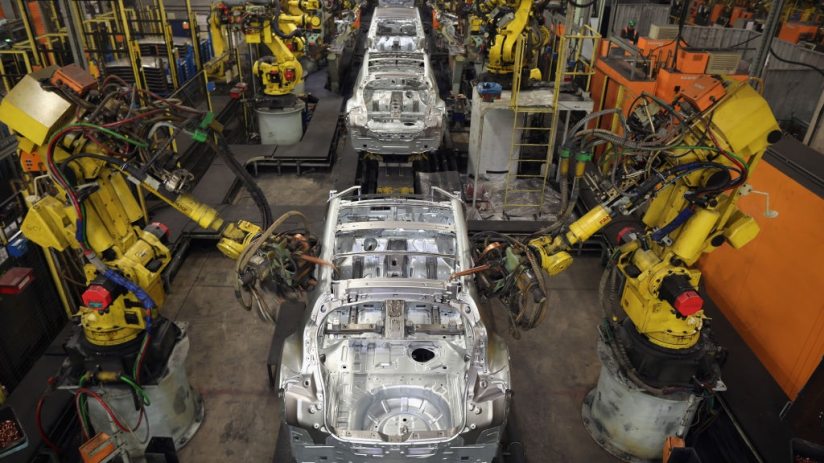In December, the manufacturing Purchasing Managers’ Index (PMI) recorded an 18-month low, signaling a notable deceleration in the sector’s performance. This decline was primarily attributed to a slowdown in both the pace of incoming orders and overall production.
The manufacturing PMI serves as a crucial economic indicator, reflecting the health of the manufacturing industry. A reading below 50 indicates contraction, while a reading above 50 signifies expansion. The fact that December’s PMI reached an 18-month low suggests a concerning trend within the manufacturing sector.

Source:- India today
One of the key contributors to this decline was the deceleration in the rate of incoming orders. Typically, a robust manufacturing sector is characterized by a steady influx of orders, indicating sustained demand for goods. However, the slowdown in this aspect suggests a potential weakening of demand, which can have cascading effects on production levels and, consequently, the overall economic landscape.
Source:-ndtv
Moreover, the dip in the PMI was also influenced by a reduction in output during December. This decline in production could be a response to the subdued demand reflected in the lower order rates. Manufacturers often adjust their production levels in response to changes in demand to avoid overproduction, which can lead to excess inventory and financial strain.
The reasons behind the slowdown in orders and production could be multifaceted. Economic uncertainties, both domestically and globally, can influence consumer and business confidence, impacting spending patterns and investment decisions. Factors such as trade tensions, geopolitical issues, or public health concerns might contribute to a cautious approach by businesses and consumers alike.
Additionally, supply chain disruptions, a perennial concern for the manufacturing sector, could have played a role. Global supply chains have faced challenges in recent times, with disruptions in logistics, shortages of raw materials, and difficulties in transportation impacting the smooth flow of production processes.
As policymakers and economic analysts scrutinize these indicators, they may consider implementing measures to stimulate economic activity. This could include monetary or fiscal interventions aimed at boosting consumer and business confidence, fostering investment, and addressing specific challenges within the manufacturing sector, such as supply chain resilience.
In conclusion, the December manufacturing PMI hitting an 18-month low signals challenges for the sector, particularly in terms of subdued orders and reduced production. Understanding the underlying causes and implementing appropriate strategies will be crucial for navigating these challenges and fostering a resilient and dynamic manufacturing landscape.
Share your views in the comments

